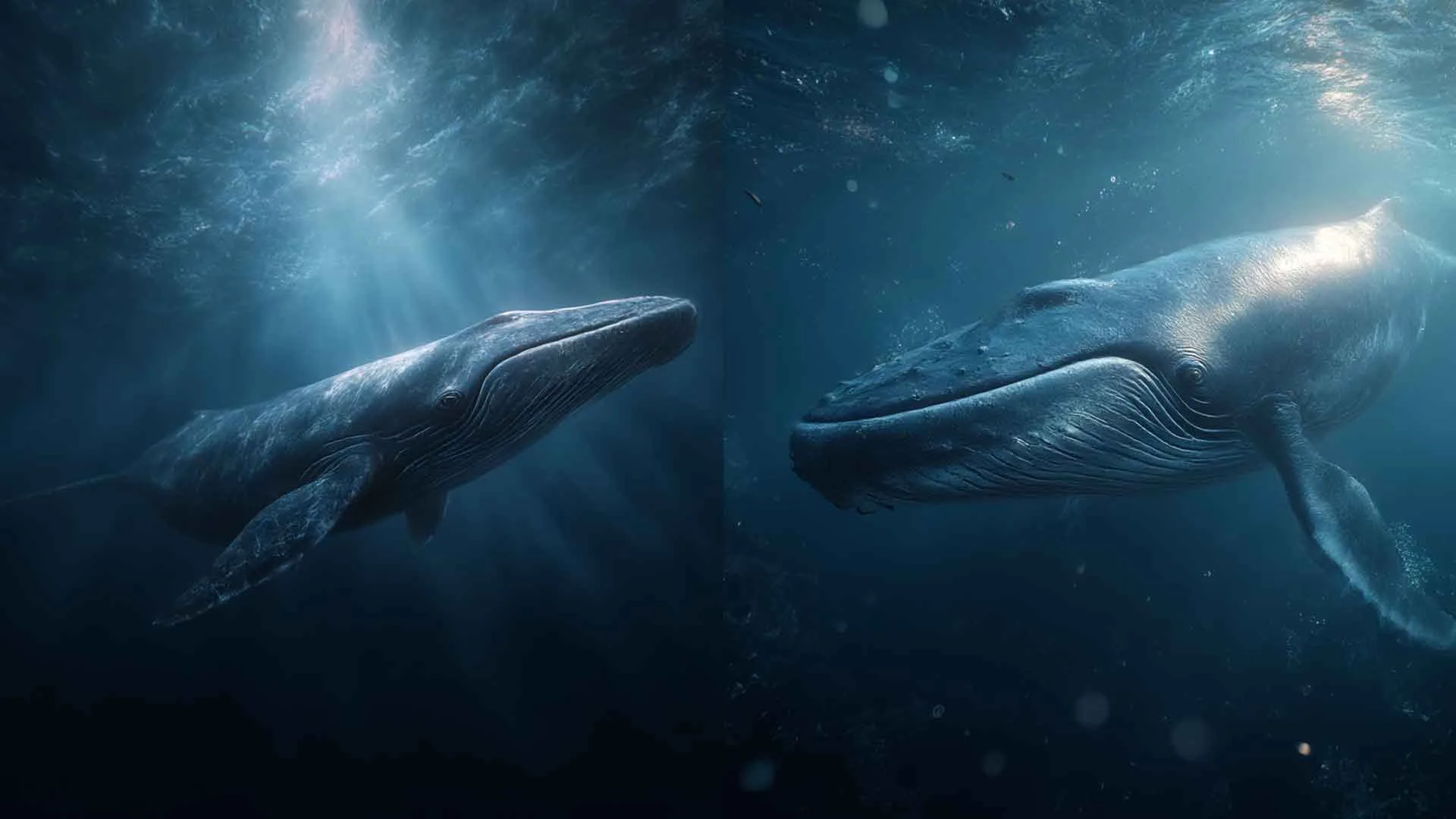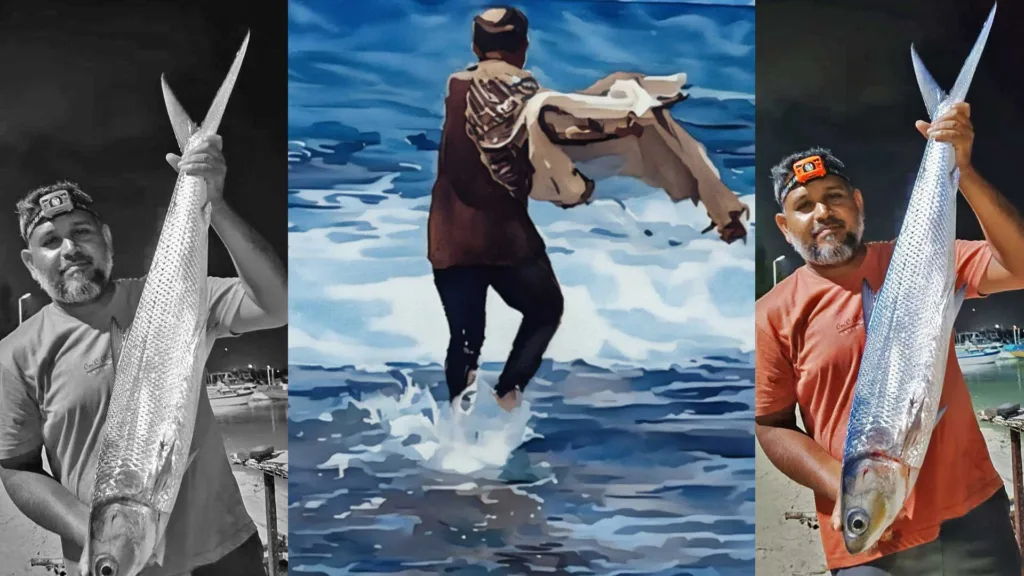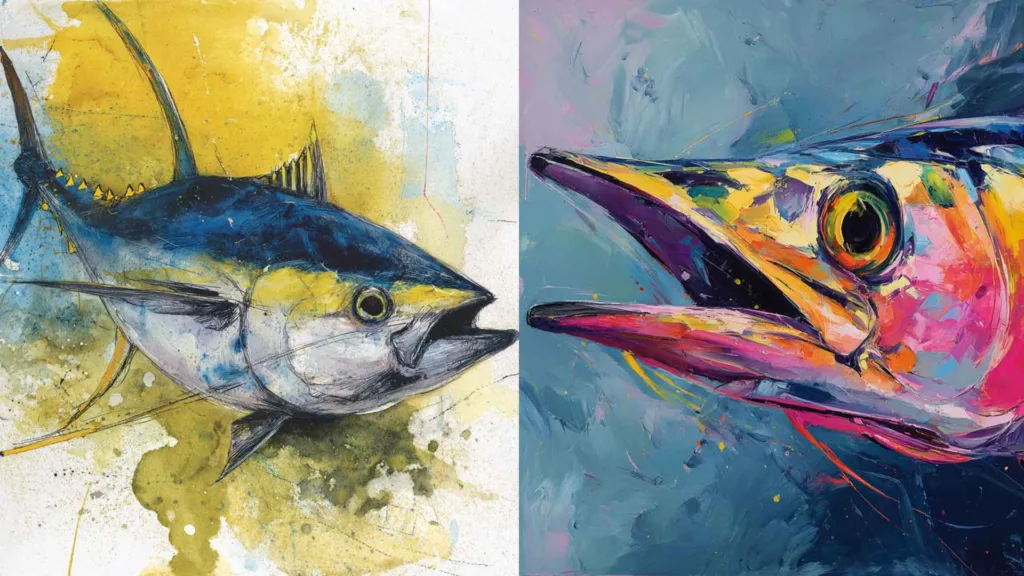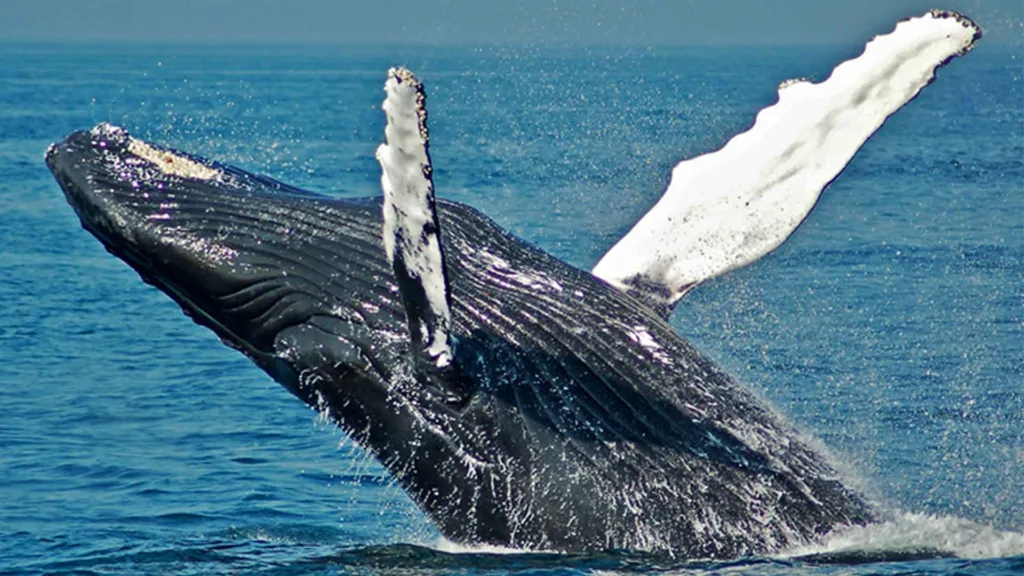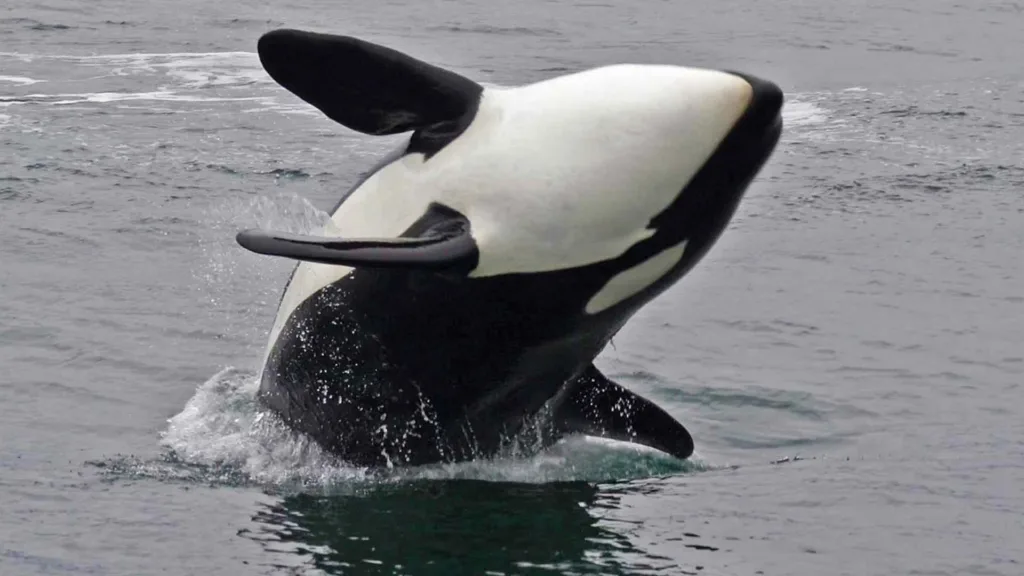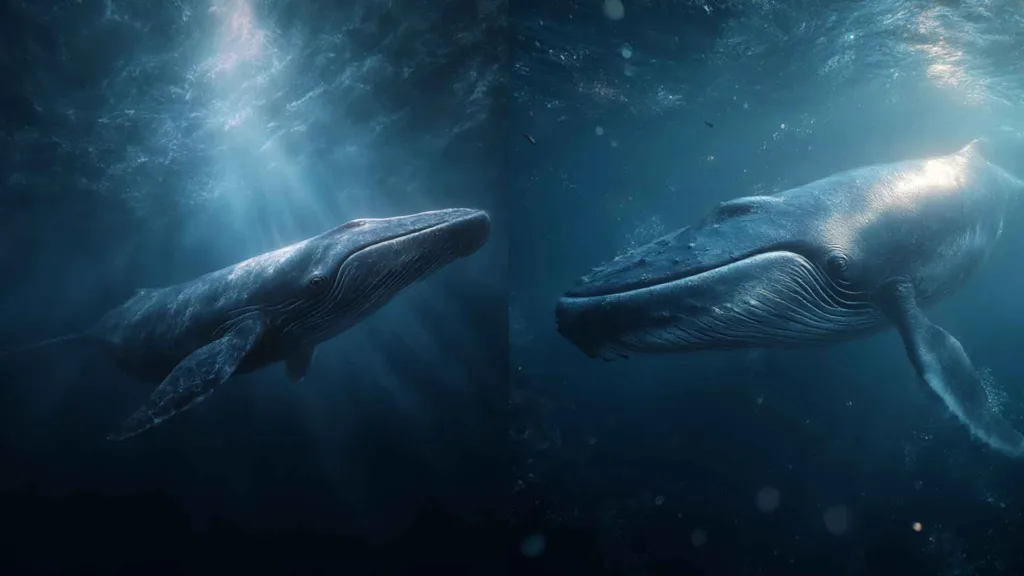
This is a collection of articles I’m writing about Maldivian cetaceans. In these articles, I have compared a 2012 review (Anderson, Adam, 2012) with observations made in Maldivian waters between August 1990 and June 2002 (Anderson 2002). These condensed chronicles are meant to provide an overview of the cetacean species that have been observed both recently and in the past. Scientists in the Maldives collected records of sightings and strandings prior to this study (Anderson, 1990, 1996).
Anderson and Shaan (1998) have documented the relationship between large yellowfin tuna and cetaceans. In April 1998, a 20-day survey was also conducted in the Maldives. In 2003, researchers observed stranded Longman’s beaked whales in the Maldives. The 1990–2002 studies documented 1829 sightings over a period of 535 days. According to this study, the most prevalent baleen whale in Maldivian waters is the Bryde’s whale (Balaenoptera edeni).
Six whales made 17 dives, which they documented. 9.6 minutes was the recorded dive time. The whales’ distinctive blows also differed. Underwater, some whales let out a breath. Four whales were seen lung-feeding close to the surface. Additionally, the team observed that some of them were feeding on one side. These whales were primarily found in the Vatteru Channel, which separates Vaavu and Meemu atolls, according to Balance et al. (2001).
The team also discovered that they were feeding on euphausiids (small shrimp-like crustaceans) and anchovies (small fish of the of the family Engraulidae). Additionally, they discovered that they were feeding unidentified red fish. According to the 2012 review, Bryde’s whales seem to be most prevalent in Maldivian waters during El Niño Southern Oscillation events and are associated with yellowfin tuna. While feeding, they are typically observed in loose groups, occasionally in pairs. They spend the most of their time in the top water column. Research has shown that they are seen within 50 feet of the water’s surface but they can descend to a depth of 1,000 feet.
They consume copepods, red crabs, prawns, schooling fish, mackerel, pilchards, sardines and herring. They are skimmers when they want to eat. They also use lunging and bubble nets as feeding techniques. These enormous animals can blast water up to 13 feet into the air. Johan Bryde, a Norwegian, named this species. He constructed South Africa’s first whaling stations. Scientists now classify these whales as monotypic, indicating that they belong to a single species. The Bryde’s whale (Balaenoptera edeni brydei) and Eden’s whale (Balaenoptera edeni) are the two subspecies.
The first is smaller and can be found in the western Pacific and India. They consume between 1,320 and 1,450 pounds of food every day. These whales can be found in all oceans. However, some live in particular places. They migrate in accordance with the changing of the seasons. It is during the summer months that they move away from the equator, and during the winter months that they move back towards it.
